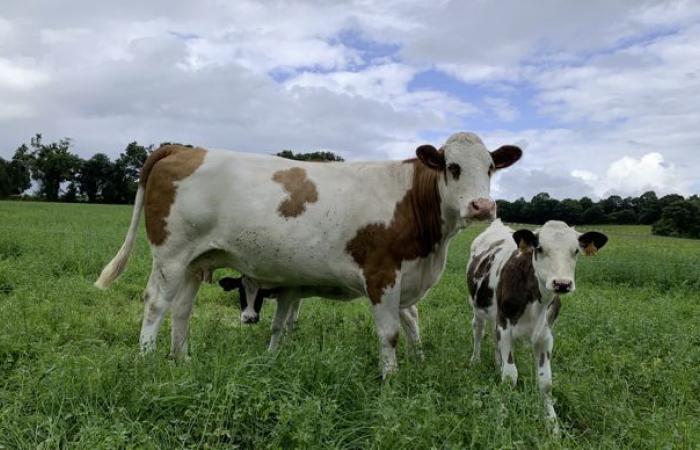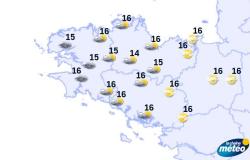A disease regulated since 2019, bovine viral diarrhea (BVD) has been the subject of a control plan for many years. These are the health organizations (OVS) who are the project managers at the regional level for the State. A goal of eradicating this disease is set for 2030. To achieve this, screening and reducing the circulation of the virus must be strengthened. The desire to eradicate this disease is justified by the very high economic consequences for breeders, the cost being estimated between €43 and €83 per cow per year for dairy farming and €30 to €60 per cow per year for suckler farming. However, if the objectives apply to all regions, the means deployed may vary.
“Currently in Brittany, we are detecting the passage of the virus in dairy herds by carrying out serologies on tank milk,” explains Loïc Maurin, member of the BVD national committee and employee of Innoval made available to GDS Bretagne (1). They are carried out every three months, for an annual cost of around €40 per breeding. In lactating herds, we look for the presence of antibodies on serum mixtures obtained during annual prophylaxis blood tests. This requires having a herd of sufficient size to be able to constitute a sample of representative animals.
Screening in small herds
In some regions, it is animals carrying the virus that are detected at birth. A piece of cartilage is taken when the identification buckle is fitted. Its analysis makes it possible to identify infected calves. This method is relatively expensive since it costs €8 to €10 per animal.
These protocols have the disadvantage of missing out on small herds in regions where serology is favored. They escape surveillance and can therefore promote the circulation of the virus. To remedy this, we will have to look for permanently infected animals (IPI) (read box below) also in these herds. Their numbers being insufficient to carry out group serologies, it will be necessary to carry out individual blood tests and virologies on all the animals.
More systematic controls on animal movements
This new prophylaxis will be implemented this fall. “We are going to carry out this campaign from October to March,” explains Marie Lamandé, veterinarian in Côtes-d’Armor and member of GTV Bretagne. Samples will be taken on the same day from all animals present. In other words, suitable restraint systems will be required to achieve this.
Furthermore, the rules governing the movements of living animals are evolving over time.is october. In the absence of a ministerial decree on this subject, it is the OVS which work with their partners and their supervisory administration to limit the risks of circulation of the virus. In Brittany, for example, this involves prefectural decrees. The objective is to make controls more systematic.
“The coupling of these two changes represents a major step towards the eradication of BVD,” believes Loïc Maurin. Contaminated farms will be offered a control plan. The first step is to identify PII in order to eliminate them. Then, the herd is monitored for a year. In fact, there may still be contaminated animals among unborn calves. All newborns are screened. If an IPI is detected, it is eliminated and monitoring is renewed for another year.
This method has proven itself. In BrittanyBVD surveillance began in 1999 based on serology. “In the early years, there were between 600 and 800 IPIs per year,” remembers Loïc Maurin. Today, there are between 100 and 200.” Another clear sign of the decline of the disease: when researching the causes of abortions, BVD came up very often twenty years ago (around 20%); today, its presence is occasional and neosporosis tops the list of diseases involved.
Significant decline of BVD in a region tends to make animals more susceptible to contact with the virus, because they have never encountered it before. As a result, new herd contaminations now often result in a high number of IPI calves. Hence the need to go further than sanitation by eradicating them.
(1) The Brittany Health Defense Group is an association of breeders recognized as OVS and whose operation is ensured by a college of elected officials and staff made available by Innoval.






